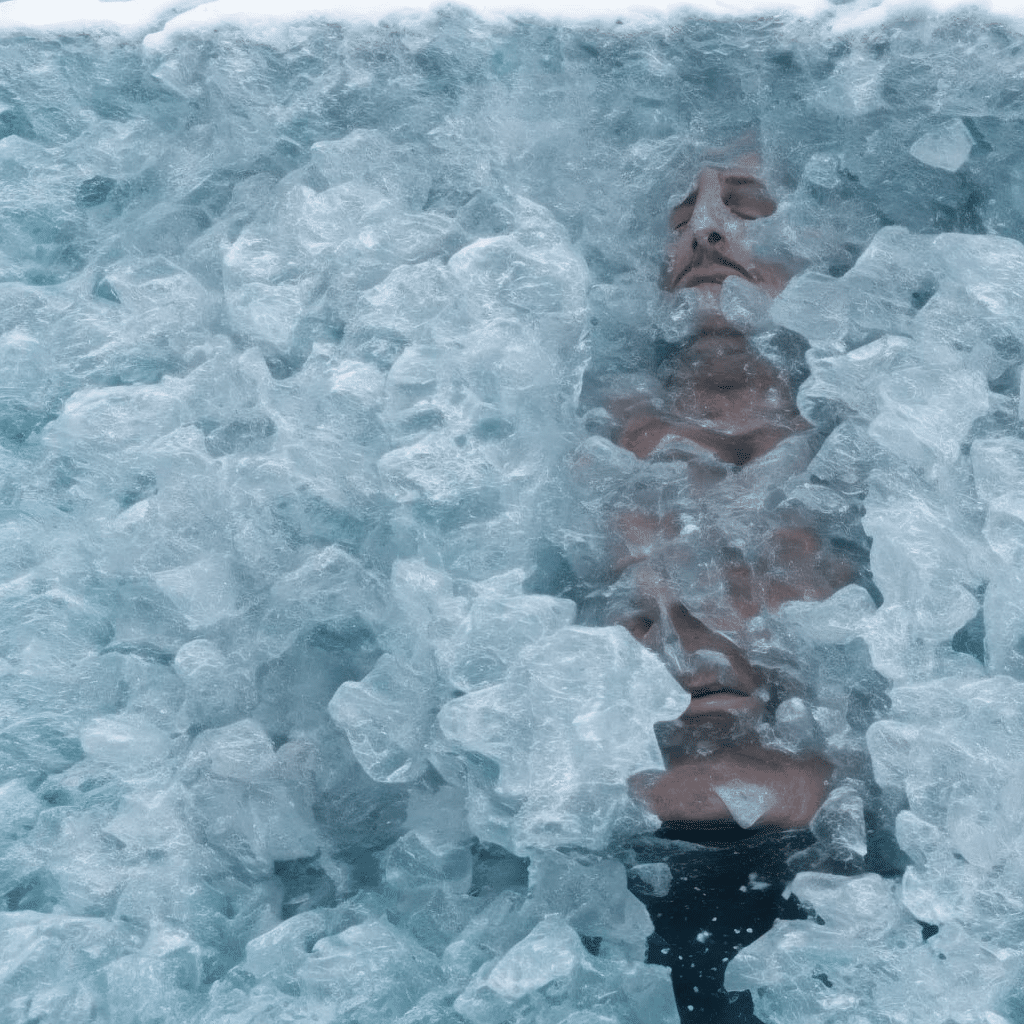What Are the Psychological and Physiological Benefits of Cold Exposure Therapy?

Cold exposure therapy, also known as cold thermogenesis or cold therapy, is a technique that has seen a significant rise in popularity recently. This technique involves exposing the body to cold temperatures for short periods of time to elicit certain physiological responses. But what exactly are these responses and what benefits do they have for our mental and physical health? In this article, we will delve into the science behind cold exposure therapy and highlight its psychological and physiological benefits.
The Science Behind Cold Exposure Therapy
Before we delve into the benefits of cold exposure therapy, it’s important to understand the science behind it. When you submerge your body in cold water or step into a cold environment, your body goes into a state of thermogenesis. This means it starts generating heat to maintain a stable body temperature.
A voir aussi : Can the Practice of Qi Gong Improve Cardiovascular Health and Reduce Stress?
During cold exposure, your body activates the sympathetic nervous system, leading to the release of norepinephrine in the brain, a hormone and neurotransmitter associated with focus and attention. Additionally, your body increases its metabolic rate and activates brown fat, a type of fat that actually burns energy to produce heat.
Now that we understand the physiological reactions associated with cold exposure, let’s delve into its benefits.
En parallèle : What Are the Potential Health Benefits and Risks of Autonomous Sensory Meridian Response (ASMR)?
Physiological Benefits of Cold Exposure Therapy
One of the main physiological benefits of cold exposure therapy is that it boosts metabolism. Cold exposure stimulates brown adipose tissue (BAT), also known as brown fat. Unlike regular white fat, which stores energy, brown fat burns energy to generate heat. This rise in metabolic activity can help with weight loss and improve overall metabolic health.
Cold exposure therapy also improves cardiovascular health. The process of vasoconstriction (narrowing of blood vessels) and subsequent vasodilation (widening of blood vessels) during cold exposure can help increase circulation, reduce inflammation, and potentially lower blood pressure.
Furthermore, cold exposure can enhance immune function. Research has found that regular cold showers can increase the number of white blood cells in the body, boosting the immune system and helping to fight off infections.
Psychological Benefits of Cold Exposure Therapy
Aside from the physiological effects, cold exposure therapy also offers psychological benefits. The surge of norepinephrine in the brain during cold exposure not only enhances focus and attention, but it also can have a significant impact on mood.
One key psychological benefit of cold exposure therapy is its potential to alleviate symptoms of depression. Studies have shown that cold showers can help reduce depressive symptoms and improve mood by activating the "blue spot" in the brain, the primary source of norepinephrine.
Moreover, cold exposure therapy can help improve stress resilience. The initial shock of the cold causes an acute stress response. Over time, repeated exposure to this stress can help build resilience and adaptability, allowing individuals to better manage stress in their everyday lives.
Lastly, cold exposure therapy can boost self-confidence. Overcoming the initial discomfort of the cold can be empowering and can lead to increased self-esteem and confidence. Many people who practice regular cold exposure therapy report feeling more confident and capable as a result.
Safely Practicing Cold Exposure Therapy
While the physiological and psychological benefits of cold exposure therapy are significant, it’s important to practice this technique safely. Sudden exposure to cold can be a shock to the system and can lead to hypothermia if not done properly.
Starting slow is the key. Begin with lukewarm showers and gradually decrease the temperature over time. Alternatively, you could start by simply exposing your hands and feet to the cold.
Always listen to your body. If you start feeling too uncomfortable or experience pain, it’s a sign that you need to stop. Also, individuals with certain health conditions such as cardiovascular disease, Raynaud’s disease, or asthma should consult their healthcare provider before starting cold exposure therapy.
Conclusion
In conclusion, cold exposure therapy offers a range of physiological and psychological benefits, from boosting metabolism and improving cardiovascular health to alleviating depression and enhancing self-confidence. However, it’s crucial to practice this technique safely to avoid any potential health risks.
Enhancing Recovery and Performance with Cold Exposure Therapy
As we’ve seen, cold exposure therapy has a myriad of health benefits. But did you know it can also enhance recovery and improve athletic performance? This might explain why many professional athletes are making it a regular part of their training routine.
Cold exposure therapy can aid muscle recovery. After an intense workout, muscles can become inflamed and sore. Cold exposure helps to reduce the inflammation and alleviate muscle soreness by constricting blood vessels and reducing blood flow to the affected area. Moreover, the cold stimulates blood circulation, which helps to flush out waste products from the muscles and bring in oxygen-rich blood, thereby speeding up the recovery process.
In addition to recovery, cold exposure therapy can also enhance athletic performance. Research has revealed that pre-cooling the body before exercise can improve endurance and delay the onset of fatigue. This is due to the lowering of the body temperature, which decreases the rate of glycogen depletion and reduces the perception of effort during exercise. Furthermore, cold exposure has been shown to increase the production of red blood cells, which carry oxygen to the muscles and can improve aerobic capacity.
However, it’s essential to use cold exposure therapy correctly for recovery and performance enhancement. The duration and temperature should be appropriate, and it should be used in combination with other recovery strategies for optimal results.
Cold Exposure Therapy: A Holistic Approach to Health
Cold exposure therapy is not just about physical benefits; it also offers a holistic approach to health by positively impacting mental well-being. The regular practice of cold exposure can instill discipline, strengthen the mind-body connection, and encourage mindfulness.
Embracing the cold requires discipline. It’s not easy to willingly step into a cold shower or plunge into an icy bath. But doing it consistently can strengthen willpower and commitment, traits that can spill over into other areas of life, leading to improved productivity and personal growth.
Cold exposure therapy also reinforces the mind-body connection. As you expose yourself to the cold, you become more aware of your body’s reactions – your breathing, your heart rate, and the sensations in your skin. This heightened body awareness can foster a deeper connection with your own body and promote a sense of self-care.
Lastly, cold exposure encourages mindfulness. The intense sensation of the cold forces you to be fully present in the moment, pushing aside distracting thoughts. This practice of mindfulness can reduce stress, boost mental clarity, and enhance emotional well-being.
Conclusion
Cold exposure therapy, while uncomfortable at first, offers a wealth of physical and psychological benefits that can contribute to overall well-being. From boosting metabolism and improving cardiovascular health to reducing depression symptoms and fostering self-confidence, the benefits of this practice are substantial. Moreover, its role in enhancing recovery and performance, coupled with its potential to instill discipline, mindfulness, and a stronger mind-body connection, makes it a holistic approach to health. However, it’s crucial to practice this therapy safely and responsibly, always listening to your body’s signals and consulting healthcare professionals if required. Don’t let the initial discomfort dissuade you- the benefits of cold exposure therapy are well worth the chill!
